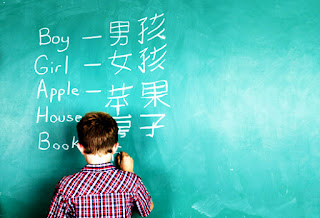Language is a great communication tool ever known to humankind.
Without languages, civilizations may cease to exist while learning different
language will lead to proper understanding of global culture, customs and
traditions. Children acquire language skills when they are infants. Children
also acquire linguistic skills by speaking it and through creative mimicry. When
children are in their infancy, their language skill acquisition is very simple
and basic. However, it becomes very complex with each passing day and when
children become adults. Amazingly, children are very adept at learning languages
when they are four months old as they can easily read lip movements and learn to
recognize simple, speech sounds.
Early language skills are very critical for the success of
children. Language, learnt when young, could have amazing effects both on the
academic and professional achievements. Learning one language can bring about
huge changes in the attitude and intelligence level of a child. What happens
when a child learn and speaks in two different languages? Certainly, it is a
great advantage because speaking in two languages offers many practical benefits
that help children succeed in a truly competitive world. Latest research
findings suggest that being bilingual makes your children smarter, wiser and
intelligent. Learning two languages may have extraordinary effect on your
children's brain by enhancing cognitive skills those are unconnected to learning
language. Some reports even suggest that learning two languages may decrease the
likelihood of developing dementia in old ages.



